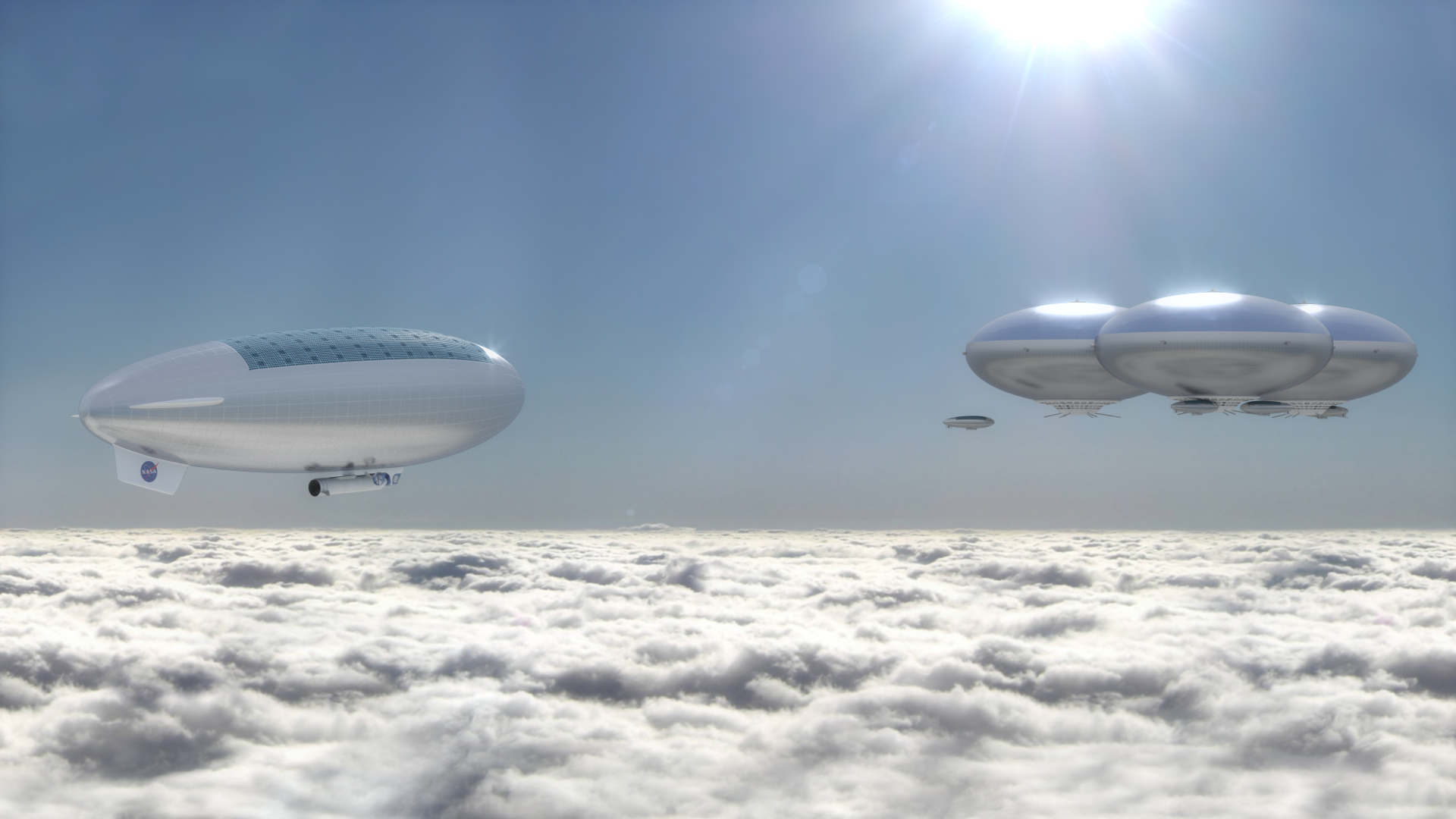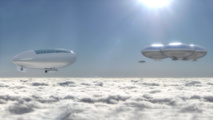Thestrategist.com – 23 April 2015 – Mike Wall reports that scientists plan on launching Venus exploration from high above “the planet's acid-laced skies” in the near future. N.A.S.A. has made its first steps towards “the permanent settlement” on Venus as the researchers plan on sending “helium-filled” piloted airships that would cruise “through the Venusian atmosphere”. This novel and “mesmerizing” idea of N.A.S.A has been named H.A.V.O.C, meaning the “High Altitude Venus Operational Concept”.
The H.A.V.O.C aims at eventually establishing “cloud cities on Venus” whereby Chris Jones from N.A.S.A’s Virginia based “Langley Research Centre” says:
The H.A.V.O.C aims at eventually establishing “cloud cities on Venus” whereby Chris Jones from N.A.S.A’s Virginia based “Langley Research Centre” says:
"... (Building Venusian cloud cities) would definitely be a very big technological challenge, but it is something that we envision could be possible down the road”.
However, colonising Mars has been “the top long-term priority” of N.A.S.A’s “human-spaceflight community” towards which astronauts are working so that their dream of Red Planet settlement may turn into reality “by the mid-2030s”. Nevertheless, according to scientists Venus has become “another potential target for human exploration” even though its surface temperature raises upto 460⁰C and the ground level “atmospheric pressure” is almost ninety times greater than that of the earth.
Consequently, H.A.V.O.C. is designed to “avoid the surface” instead colonise the Venusian skies, fifty kilometres above the ground wherein the atmospheric pressures along with its “carbon-dioxide-dominated air” create a suitable condition for the humans. In fact, Venus almost equals the earth in size and is situated closest to our Blue Planet.
At present, H.A.V.O.C. still remains as a study which, according to Arney, the scientists began with the concept that
"... (Venus) is no worse than the second planet we would go to after leaving Earth. We started with that in mind, and then we started looking at the orbital mechanics, and some of the ways that getting to Venus and living there and operating there are fairly benign and favorable. That's sort of what kick-started this whole study."
The plans of H.A.V.O.C. are divided “in five phases” wherein the starting four corresponds to validating technologies required for this “ambitious” project. Initially, the first phase involves “robotic exploration of the Venusian atmosphere”, wherein in the second stage “two astronauts” are to stay for a month orbiting around Venus, while in the third step one crewmember “would cruise” the Venusian skies in an airship for yet another month followed by another member to spend an entire year doing the same. Once, these steps are conducted successfully only then, in the fifth phase, the question of permanent Venusian settlement would arise.
H.A.V.O.C. airships would be equipped with variety of instruments needed for studying Venusian atmosphere, along with “multistage rocket”, suitable features for human habitations and solar panels which would harvest 40% more of “solar energy” as compared to when placed on earth. The higher officials of N.A.S.A. are particularly intrigued by the idea of colonising the Venusian skies without touching the “forbidding surface”.
However, there are some challenges involved ere this dream turns into a reality including “complex entry, descent and inflation (EDI) strategy”, devising a protective solar panel coating to save guard them from the “concentrated droplets of sulfuric acid” present in the Venusian atmosphere, to reach the escape velocity to quit the same and also to develop a “reliable life-support systems for the airships”. In Arney’s words:
"There's a lot that you're going to have to develop, regardless of what desination you go to".



















